The 10 Coolest SSDs Of 2012 (So Far)
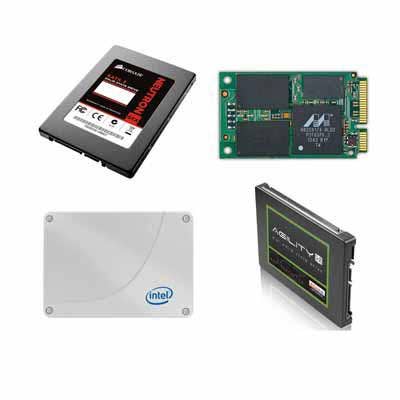
Looking For Smaller, Faster, Cheaper, More Capacity -- SSDs Fit The Bill
New controllers and software that make low-cost MLC flash memory suitable for enterprise-grade SSD development are helping business and consumer users take advantage of the performance that SSDs can add to their storage environment.
Whether it's serving as the one drive in a new lightweight and portable PC, working as one of a couple of drives used as high-speed cache in servers or storage arrays or being placed in high-speed all-flash arrays, SSDs are helping push the performance envelope in the storage business.
Turn the page for a look at 10 new SSD releases in the first half of 2012.
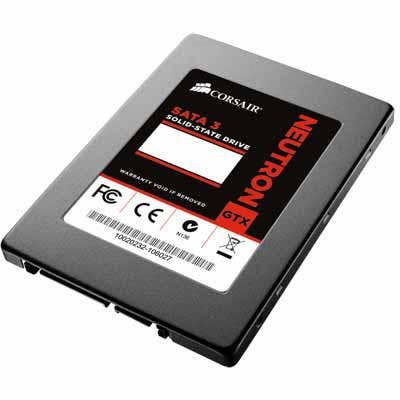
Corsair: High Performance, Low Profile
Taiwan-based Corsair in June unveiled its Neutron GTX Series SSDs targeting consumer users. The Neutron GTX SSDs feature the LM87800 6-Gb-per-second SATA controller from Link_A_Media Devices (LAMD), which provides on-the-fly error correction and advanced NAND management technology for improving the endurance of the flash memory.
The new SSDs are available in capacities of 120 GB, 240 GB and 480 GB, and they deliver up to 90,000 random read and write IOs per second, as well as sequential read speeds of up to 555 MB per second and sequential write speeds of up to 500 MB per second. They come in a 2.5-inch, 7-mm-high form factor and include brackets for use in 3.5-inch drive bays.
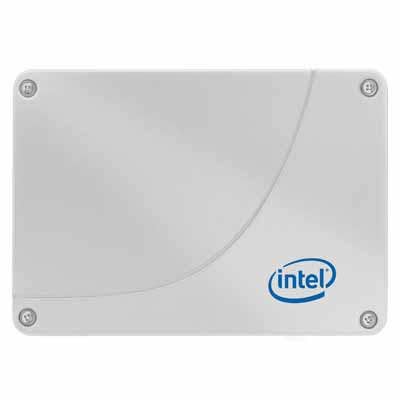
Intel: Adding Capacity, Dropping Prices
Intel in April introduced a new family of SSDs, the 330 Series, which target the consumer market. They feature 6 gigabit-per-second SATA performance and capacity points of 16 GB, 120 GB and 180 GB.
The company in July added a new 240-GB model and also dropped the prices for many of its SSDs.
The Intel SSD 330 Series uses multi-level cell (MLC) NAND memory. The SSDs offer up to 500 megabytes-per-second sequential read speeds and up to 450 megabytes-per-second sequential write speeds, along with random read performance of up to 22,500 IOs per second and 33,000 write IOs per second.
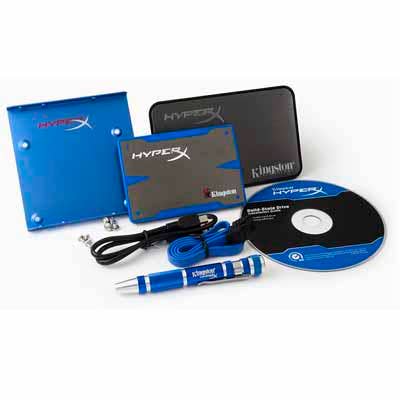
Kingston: Targeting Budget High-Performance Users
Kingston Digital, based in Fountain Valley, Calif., in April unveiled its new HyperX 3K SSD family, which features a second-generation SandForce SF-2281 processor and the SATA 6 Gb-per-second interface.
The company claims sequential read throughput of up to 555 MB per second and sequential write throughput of up to 510 MB per second. The Kingston HyperX 3K SSDs also feature maximum random read performance of 85,000 IOs per second and maximum random write performance of 74,000 IOs per second.
The new SSDs come in capacity points of 90 GB, 120 GB, 240 GB and 480 GB, and they are targeted at budget-minded gamers, enthusiasts, multitaskers, overclockers and system builders, the company said.
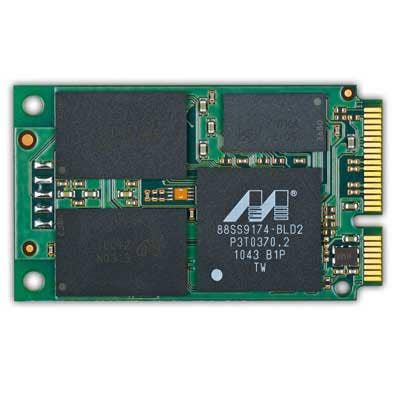
Micron: 'Crucial' For Ultrathin Laptops
Boise, Idaho-based Micron in April unveiled a new line of its mSATA SSD line for what it calls ultrathin laptops, including the new Ultrabook PCs. The C400 mSATA drive is targeted for use either as the primary drive in ultrathin portable PCs or as a cache drive in dual-drive systems.
The drives, which measure a mere 3 cm by 5 cm, range in capacities from 32 GB to 256 GB and have a SATA 6 Gb-per-second interface. It is based on MLC NAND flash memory technology.
A version specifically for the consumer channel carries Micron's "Crucial" brand name.
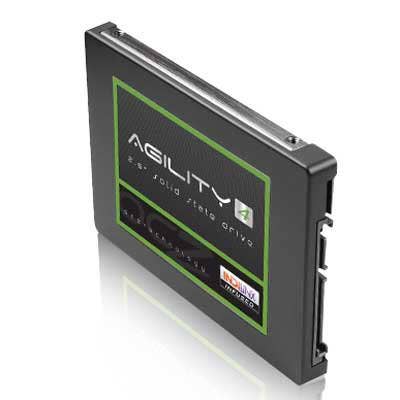
OCZ: Advanced Controller Technology
OCZ Technology Group, San Jose, Calif., in May unveiled its new Agility 4 SSD series based on its own Indilinx Everest 2 controller platform. The dual-controller architecture includes an advanced error correction code (ECC) engine, dynamic wear-leveling, auto encryption and other technology to extend NAND flash memory beyond manufacturers' rated program and erase cycle specifications, OCZ said.
The Agility 4 SSDs feature a 6 Gb-per-second SATA interface speed, transfer rates of up to 400 MB per second and up to 85,000 random write IOs per second. They are targeted at mobile and desktop users and come in capacity points ranging from 64 GB to 512 GB.
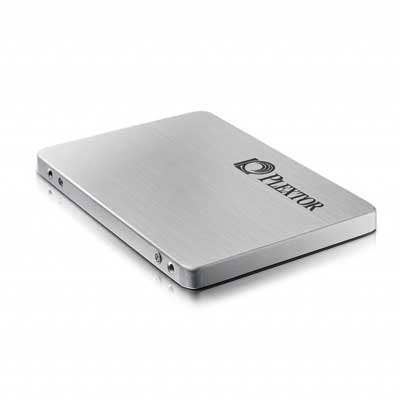
Plextor: 5-year Warranty Standard
Fremont, Calif.-based Plextor early this year unveiled its M3 Pro series of SSDs, which improved on its previous M3 series SSDs with higher sequential and random read and write speeds and a new 7-milimeter-height form factor for ultra-slim notebooks.
The M3 Pro is a 2.5-inch form factor device available in 128-GB, 256-GB and 512-GB capacities. The SSDs offer sequential read speeds of up to 540 MB per second and sequential write speeds of up to 450 MB per second, as well as random read speeds of up to 75,000 IOs per second and random write speeds of up to 69,000 IOs per second. They also include a 6-Gb-per-second SATA interface and come with a five-year warranty.
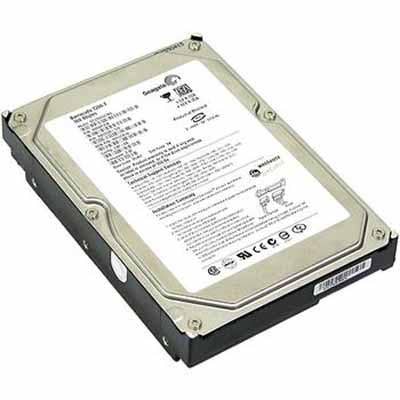
Seagate: Investing In Future With DensBits
Seagate Technology, Cupertino, Calif., in June acquired an equity stake in Haifa, Israel-based DensBits Technologies, a developer of SSD controller technology that takes advantage of low-cost flash memory to develop SSDs. Seagate and DensBits will collaborate to develop the technology for future products.
The DensBits technology adds a level of robustness to the tri-level-cell (TLC) flash memory commonly used in consumer electronics products to make them suitable for consumer-grade SSDs. It also can be used with MLC flash memory for developing enterprise-grade SSDs, Seagate said.
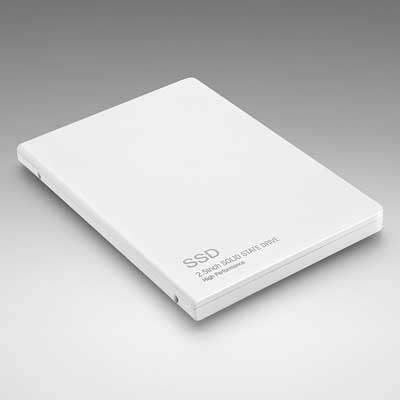
SK Hynix: Newcomer To The Client SSD Market
Korea-based memory chip developer SK Hynix in June launched its first client SSD, a 2.5-inch model in 128-GB and 256-GB capacities. The SSDs include a 6-Gb-per-second SATA controller, and they provide sequential read speeds of up to 510 MB per second and sequential write speeds of 470 MB per second.
Also included is 128-bit AES encryption to secure the data.
Prior to the launch of the new client SSDs, SK Hynix had been providing mini-SATA (mSATA) SSDs to PC OEMs since late 2011.
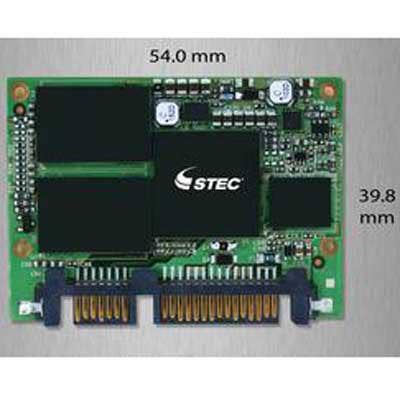
STEC: Bringing Enterprise SSD To Embedded Systems
STEC, a Santa Ana, Calif.-based producer of enterprise SSDs, in March entered the embedded systems market with the launch of its new MACH16 Slim SATA SSD. The MACH16 serves as a drop-in replacement for a standard rotating hard disk drive or an SSD, but it cuts space requirements by 60 percent and power requirements by up to 70 percent. Even so, STEC said, it provides the same flash management capabilities as its enterprise SSDs.
The MACH16 is available in 25-GB and 50-GB capacities, and it supports sustained read performance to up to 245 MB per second and sustained write performance to up to 150 MB per second.
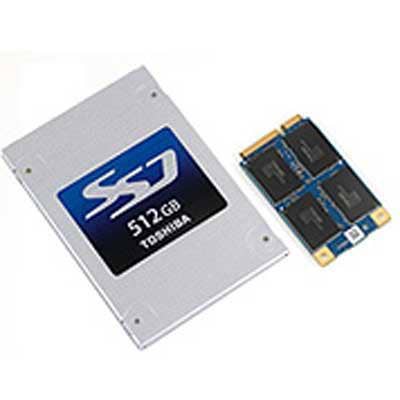
Toshiba: First To Market With 19-Nanometer NAND Flash SSDs
The Irvine, Calif.-based Toshiba Storage Products Business Unit of Toshiba America Electronic Components in June unveiled what it called the first SSDs to take advantage of 19-nm process NAND flash memory to increase performance while cutting power consumption compared to other types of NAND memory.
The new THNSNF SSDs, slated to ship in August, are expected to be available in 64-GB, 128-GB, 256-GB and 512-GB capacities. They all feature a 6-Gb-per-second SATA controller but use less than 0.1 watts of power.